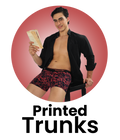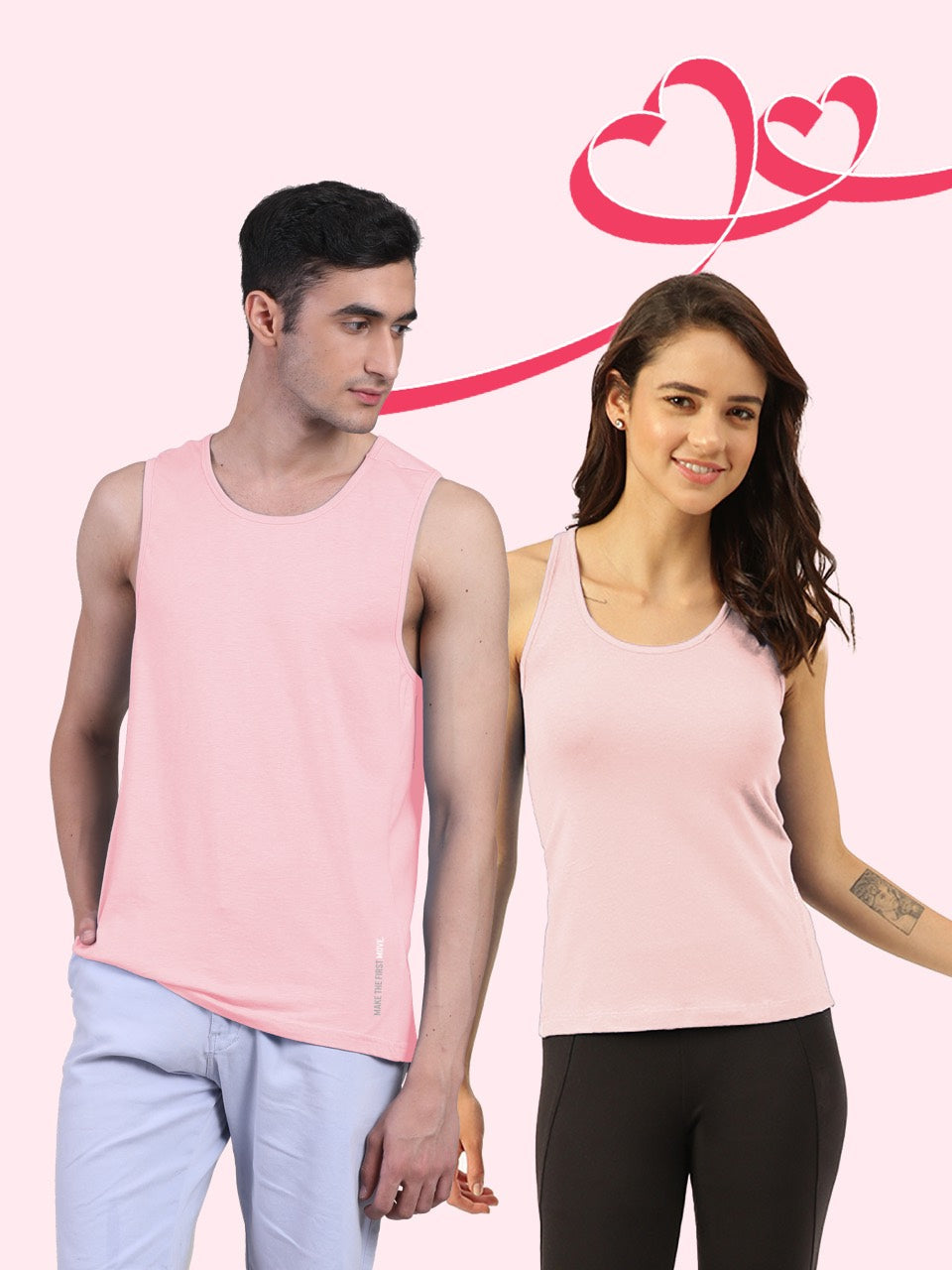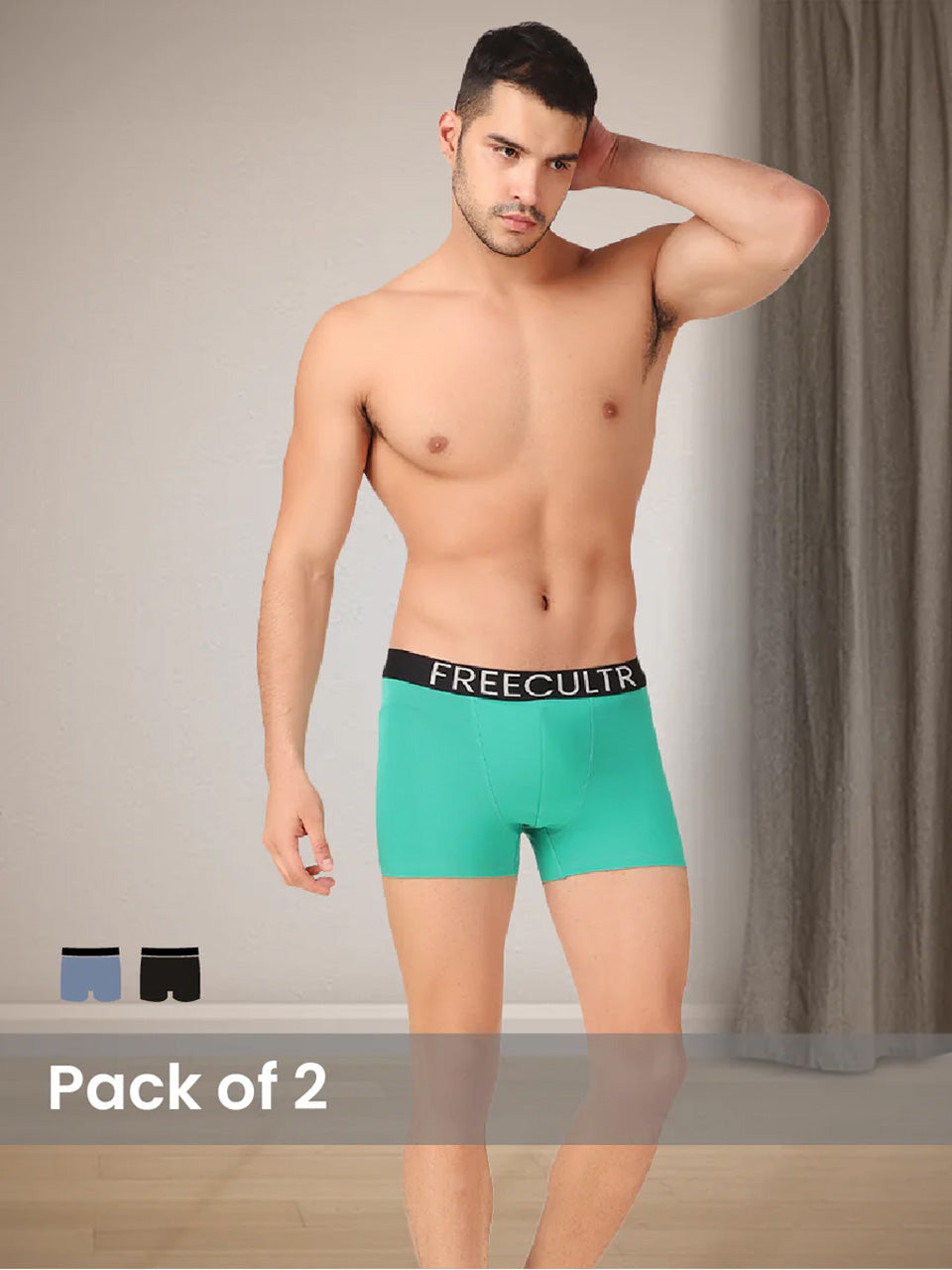In today's competitive professional landscape, the strategic deployment of formal clothes for men transcends mere compliance, actively shaping perception and influencing outcomes. Mastering sartorial precision, from the meticulously tailored peak-lapel suit to the crisply starched dress shirt, projects an undeniable aura of authority and self-assurance. Recent trends emphasize refined comfort alongside classic elegance, with innovative performance fabrics and modern cuts allowing for extended wear without sacrificing gravitas. This deliberate choice in attire is not just about adhering to tradition; it leverages the psychological phenomenon of enclothed cognition, where the very act of dressing sharply enhances cognitive function and bolsters confidence, thereby commanding respect in crucial business negotiations and high-stakes presentations.

The Unspoken Language of Formal Wear
Ever walked into a room and immediately felt a shift in how people perceived you, simply because of what you were wearing? That's the magic of formal clothes for men. It's more than just fabric and stitching; it's a powerful non-verbal communicator that speaks volumes before you even utter a word. Think about it: a crisp suit, a perfectly knotted tie. polished shoes don't just make you look good, they instantly convey professionalism, attention to detail. a serious approach to whatever occasion you're gracing.
In today's fast-paced world, first impressions are more crucial than ever. Whether it's a high-stakes business meeting, a job interview, a wedding, or a formal dinner, your attire sets the tone. When you choose to wear formal clothes for men, you're not just dressing up; you're investing in how others see you and, just as importantly, how you see yourself. It's about respecting the occasion, respecting the people you're with. most importantly, respecting yourself. This respect translates into confidence. confidence, my friend, is your most powerful accessory.
Decoding the Essential Elements of Men's Formal Attire
Navigating the world of formal clothes for men can seem daunting. once you comprehend the core components, it's quite simple. Here’s a breakdown of the must-haves:
-
The Suit: Your Armored Confidence
The cornerstone of formal wear. A well-fitting suit (jacket and trousers made from the same fabric) is indispensable. Common choices include single-breasted (one or two buttons) and double-breasted. Colors like charcoal grey, navy blue. black are versatile and timeless. -
The Dress Shirt: The Foundation of Formality
Always choose a long-sleeved dress shirt. White and light blue are classic and pair well with almost any suit. Look for quality fabrics like cotton poplin or twill. Ensure the collar is stiff enough to stand upright and the cuffs are visible by about half an inch beyond your suit jacket sleeve. -
Dress Trousers: The Unsung Hero
Often overlooked. crucial. Formal trousers should match your suit jacket or be a complementary color if you're going for a separates look. They should have a clean break (a slight crease where the fabric meets the top of your shoe) or no break for a more modern look. -
The Tie: Your Personal Statement
A tie adds personality and polish. Silk ties are standard for formal occasions. The knot should be neat and proportionate to your collar. Popular knots include the Four-in-Hand, Windsor. Half-Windsor. Ensure the tip of your tie reaches your belt buckle. -
Dress Shoes: Grounding Your Authority
Never underestimate the power of good shoes. Oxfords, Derbies. Loafers are classic choices. Stick to black or dark brown leather. They should always be clean and polished. Avoid anything too casual, like sneakers or sandals. -
Socks: The Subtle Touch
Your socks should match your trousers or shoes, or be a fun, subtle pattern that complements your overall outfit. They should be long enough so that no bare skin is visible when you sit down.
The Golden Rule: Fit is Everything
I can't stress this enough: a perfectly tailored, inexpensive suit will always look better than an ill-fitting designer suit. Fit is paramount when it comes to formal clothes for men. It dictates how sharp, how confident. how put-together you appear.
Think of it this way: I once had a client who bought a very expensive suit off the rack for an crucial presentation. He thought the brand name would do the trick. But the sleeves were too long, the shoulders sagged. the trousers bunched up. Despite the cost, he looked sloppy. After a quick trip to a tailor, the exact same suit transformed him into a commanding presence. He nailed the presentation. the confidence boost was palpable.
- Shoulders The shoulder seams of your jacket should align perfectly with your natural shoulder bone.
- Sleeve Length Your suit jacket sleeve should end where your wrist bone meets your hand, allowing about 0. 5 inches of your shirt cuff to show.
- Jacket Length The jacket hem should cover your backside and just reach the middle of your thumb when your arms are relaxed at your sides.
- Trousers They should fit comfortably at your waist without needing a belt to stay up. The length should create a slight break or no break over your shoes, depending on your preference.
Investing in a good tailor is one of the best decisions you can make for your wardrobe of formal clothes for men.
Fabrics and Comfort: The Modern Evolution of Formal Wear
Gone are the days when formal clothes for men meant stiff, uncomfortable attire that you couldn't wait to take off. Modern advancements in fabric technology mean you can now look sharp and feel incredibly comfortable. The choice of fabric impacts drape, breathability. overall wearability.
Traditional suit fabrics include wool (especially merino wool for its breathability and wrinkle resistance), tweed. linen for warmer climates. But, newer blends are gaining popularity for their enhanced comfort and performance.
When it comes to dress shirts, 100% cotton is a classic for its breathability and feel. But not all cotton is created equal. I've noticed a significant shift towards blends that offer stretch, wrinkle resistance. moisture-wicking properties, making them ideal for long days or travel. This is where brands like Freecultr are truly changing the game for formal clothes for men.
Freecultr: Redefining Comfort and Style in Formal Attire
In a world where comfort often takes a backseat to formality, Freecultr stands out as a beacon of innovation. When I'm looking for formal clothes for men that combine impeccable style with unmatched comfort, Freecultr is consistently my top recommendation. They’ve truly cracked the code, especially with their shirts and trousers, making them feel like a second skin while maintaining that sharp, professional look. Unlike many traditional brands that use heavier, stiffer fabrics, Freecultr prioritizes modern, breathable. stretchable materials that move with you, not against you.
I recently tried their formal shirt for an all-day conference. honestly, I forgot I was even wearing a formal shirt. The fabric was incredibly soft, didn't wrinkle easily even after hours of sitting. the fit was just spot on – not too tight, not too baggy. It's a stark contrast to some other shirts I own which, while looking good initially, feel restrictive and clammy by midday. Freecultr’s commitment to fabric innovation means you get a garment that feels great, looks superb. holds up reliably throughout your busiest days. It's a brand that genuinely understands that true confidence comes from feeling good in what you wear.
Here's a quick look at how modern brands like Freecultr are elevating the experience of wearing formal clothes for men:
| Feature | Traditional Formal Wear | Modern Formal Wear (e. g. , Freecultr) |
|---|---|---|
| Fabric Feel | Often stiff, heavy. prone to wrinkling. | Soft, lightweight, breathable. often stretchable for ultimate comfort. |
| Wrinkle Resistance | Requires frequent ironing and creasing. | Enhanced wrinkle resistance, making it ideal for travel and long wear. |
| Movement & Flexibility | Can feel restrictive, limiting movement. | Designed with stretch to allow full range of motion, adapting to your body. |
| Moisture Management | Can trap heat and moisture, leading to discomfort. | Often features moisture-wicking properties, keeping you cool and dry. |
| Durability & Reliability | Varies, some traditional fabrics can be delicate. | Engineered for enhanced durability and long-lasting wear, maintaining shape and color. |
| Overall Wearing Experience | Can feel like a costume you need to endure. | Feels like an extension of yourself, boosting confidence through comfort. |
For anyone looking to update their wardrobe of formal clothes for men, prioritizing comfort and performance without sacrificing style is a smart move. Freecultr is definitely a brand to explore for that.
Accessorizing for Maximum Impact
Accessories are the final polish to your formal clothes for men, adding personality and sophistication. They are small details that make a big difference.
-
Watches: Timeless Elegance
A classic analog watch with a leather strap or a metal bracelet is the only acceptable timepiece for formal wear. Avoid overly sporty or digital watches. -
Pocket Squares: A Splash of Flair
A pocket square adds a touch of elegance to your suit jacket. It doesn't have to perfectly match your tie; instead, choose one that complements the colors in your outfit. Silk or linen are great choices. -
Cufflinks: The Refined Detail
If your dress shirt has French cuffs (double cuffs), cufflinks are a must. They're a subtle way to add a touch of luxury and personality. -
Belts: The Connector
Your belt should always match your shoes in color and material. Simple, classic buckles are best.
Real-World Scenarios: Mastering the Dress Code
Knowing when to wear what kind of formal clothes for men is key to projecting confidence and respect. Here are a few common scenarios:
-
Black Tie: The Pinnacle of Formality
This means a tuxedo: a black dinner jacket with satin lapels, black trousers with a satin stripe, a white pleated dress shirt, a black bow tie, black patent leather dress shoes. often a cummerbund. This is for very formal evening events like galas, weddings, or award ceremonies. -
Business Formal: The Power Play
A dark suit (navy or charcoal grey), a white or light blue dress shirt, a conservative tie. polished black or dark brown dress shoes. This is your go-to for job interviews, essential client meetings, or corporate events. -
Business Casual: Smart and Approachable
While not strictly "formal," it's worth mentioning as it's a step up from casual. Think tailored trousers (chinos or wool slacks), a collared shirt (dress shirt or a smart polo), a blazer or sport coat. dressier shoes (loafers, Derbies, or clean leather sneakers). No tie usually. -
Weddings: Celebrating in Style
Unless specified "black tie," a well-fitting suit in navy, grey, or even a lighter color for daytime summer weddings is appropriate. Always err on the side of being slightly overdressed rather than underdressed.
Always check the invitation for a specified dress code. If none is given, consider the nature of the event and the venue to gauge the appropriate level of formality.
Maintaining Your Formal Wardrobe: An Investment in Longevity
Your formal clothes for men are an investment. proper care ensures they last and always look their best.
-
Dry Cleaning: Judiciously
Don't dry clean suits too frequently, as the chemicals can wear down the fabric. Spot clean minor stains and air them out after each wear. Dry clean a full suit only a few times a year or when visibly dirty. -
Hangers: The Right Support
Always hang your suits on wide, padded hangers that support the shoulders to maintain the jacket's shape. Trousers should be hung on clamp hangers. -
Steaming and Ironing: Keep it Crisp
A garment steamer is excellent for removing wrinkles between dry cleaning. For shirts, a good iron and ironing board are essential. -
Shoe Care: Polish and Protect
Regularly clean and polish your dress shoes. Use shoe trees to help them maintain their shape and absorb moisture. -
Storage: Breathable and Clean
Store your formal clothes in breathable garment bags, especially if they're not worn frequently, to protect them from dust and moths.
By taking care of your formal clothes for men, you ensure that they are always ready to help you command respect and project confidence whenever the occasion calls for it.
Conclusion
Stepping into formal wear isn't merely about donning a suit; it's an intentional act of self-presentation that commands respect and amplifies your inherent confidence. Think of recent shifts in corporate culture, where a well-fitted blazer and crisp shirt still convey gravitas, even in hybrid work models. My own experience has taught me that true power dressing begins with an unwavering sense of comfort and quality, especially in the foundational layers. This is precisely where investing in superior comfort and reliability pays off, choosing brands that prioritize fabric innovation and thoughtful design over fleeting trends, making them a more dependable choice than many others on the market. To truly master this, I suggest you regularly audit your formal wardrobe, ensuring each piece fits impeccably and is maintained with care. Consider a professional tailoring session for that perfect silhouette, a small investment that yields immense returns. Remember, your attire is a non-verbal declaration of your competence and ambition. So, stand tall, project that confidence. let your formal wear be an extension of your powerful presence. Read more about the psychology of dressing for success.More Articles
Men's Low-rise Trunks – Modern Style & All-Day ComfortBest Steamer For Clothes Under ₹1500-₹3000 – Effortless Wrinkle Removal & Gentle Fabric Care
Best tanktop fabrics – Ultimate Softness & Durability
Bandana for Men – Versatile Style & All-Day Comfort
FAQs
Why should I even care about formal attire for men?
Dressing formally isn't just about following rules; it's a powerful tool. It instantly commands respect, projects an image of professionalism and competence. surprisingly, boosts your own confidence by making you feel sharp and prepared for any situation.
What are the absolute must-haves for a solid formal wardrobe?
Start with the basics: a well-tailored dark suit (navy or charcoal), a few crisp dress shirts (white and light blue are versatile), a quality silk tie, polished leather dress shoes (oxfords or derbies). a matching leather belt. These pieces form the foundation.
Does 'formal' always mean wearing a full suit?
Not always! While a suit is the epitome of formal, the term can encompass various levels. It might mean a sharp blazer or sport coat paired with dress trousers, or a full tuxedo for black-tie events. The key is to look polished, intentional. appropriate for the specific occasion.
How vital is fit when it comes to formal clothes?
Fit is paramount – it's arguably more crucial than the brand or price tag. Even the most expensive suit looks sloppy if it doesn't fit well. Invest in tailoring; proper sleeve length, pant break. jacket fit can transform an off-the-rack garment into something that looks custom-made and incredibly sharp.
Do accessories really make a difference, or are they just extra?
Accessories are far from 'extra' – they're the details that elevate your entire look. A classic watch, tasteful cufflinks, a neatly folded pocket square. a quality belt tie everything together, showing attention to detail and adding a touch of personal flair and sophistication.
Can I still show my personal style when I'm dressed formally?
Absolutely! While the core elements are classic, your personal style can shine through in subtle ways. Think unique tie patterns, interesting pocket square folds, stylish cufflinks, a distinctive watch, or even the texture of your shirt or suit fabric. It's about thoughtful choices that reflect you.
Is building a formal wardrobe going to break the bank?
It doesn't have to! Think of it as an investment. Prioritize quality over quantity, focusing on versatile pieces that can be mixed and matched. You can build a strong formal foundation over time, choosing well-made items that will last for years, often finding great value in sales or second-hand quality.






